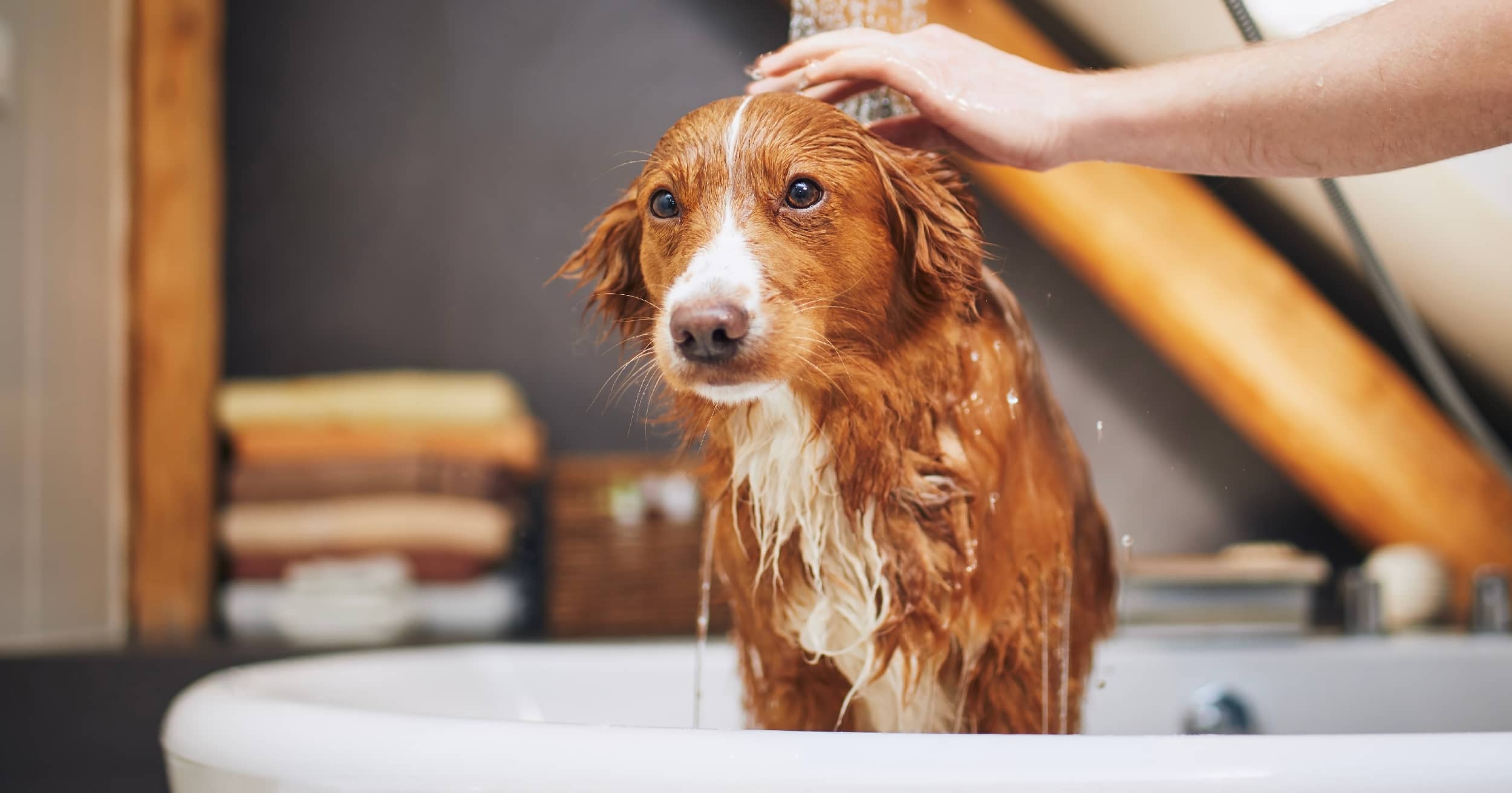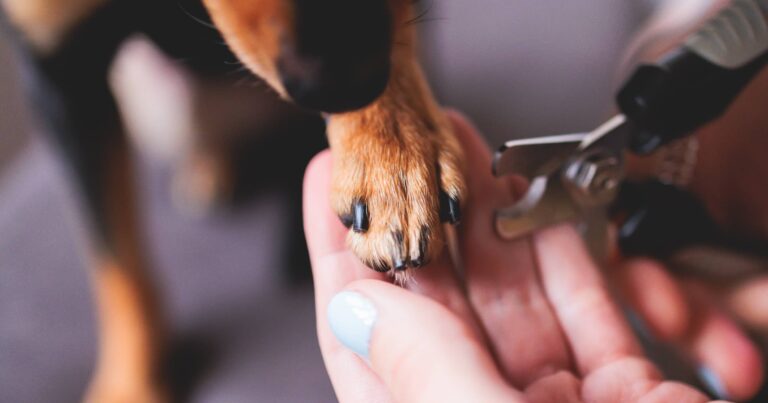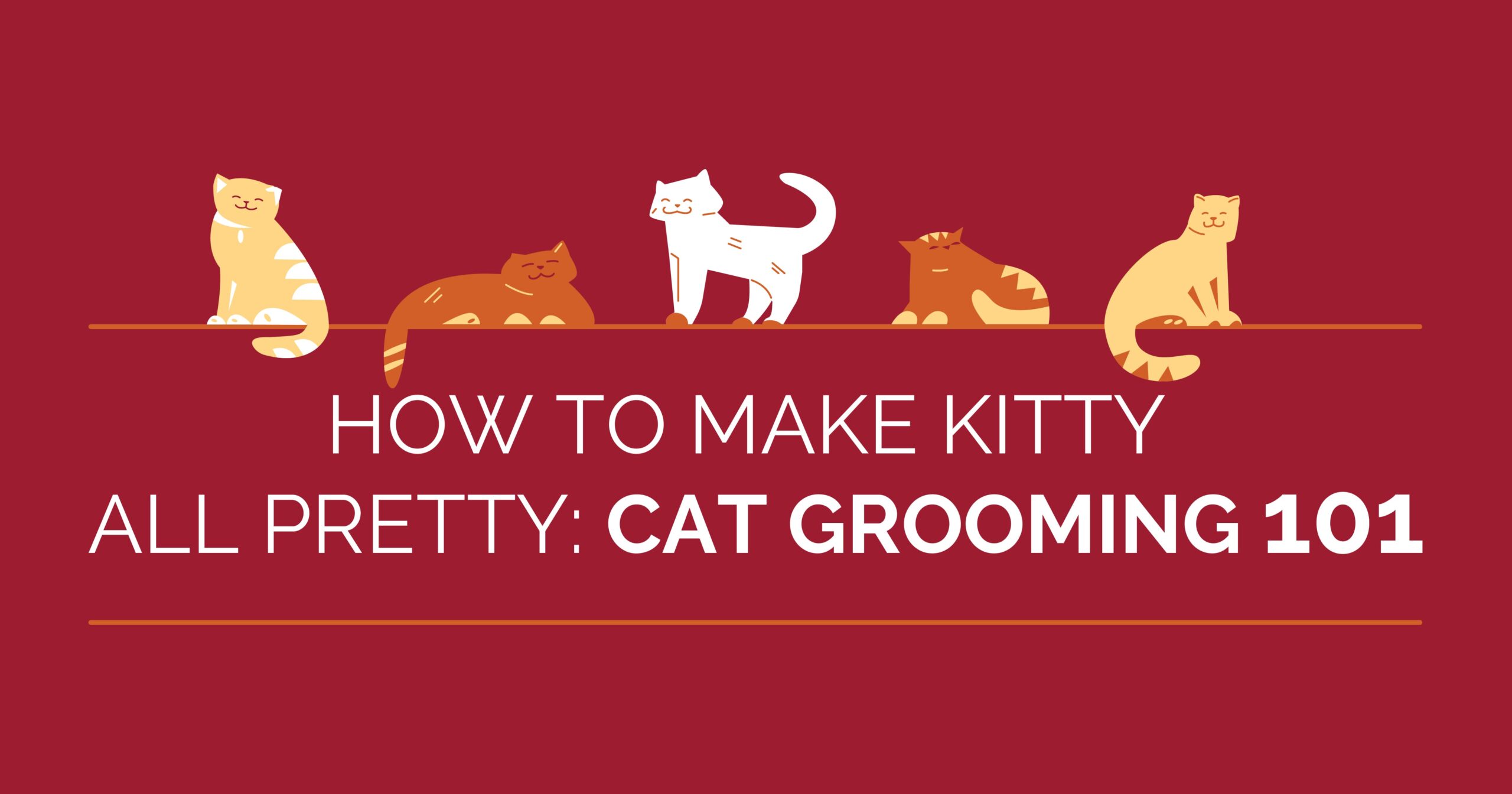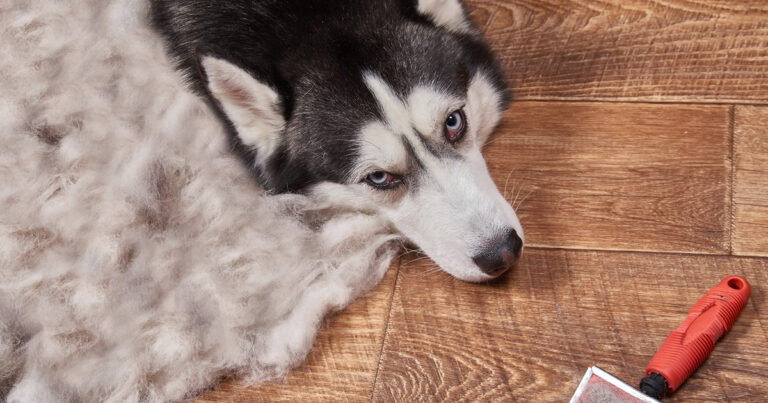Grooming your dog may not be as high on your to-do list in winter as it was in summer, but it’s still likely to make it onto that list at some point. Warm days in winter can create the perfect recipe for a messy, muddy dog (snow melt + dormant grass = mud). Add a playful dog, and you’ve got all the ingredients for a muddy (but extremely happy) dog who definitely needs a bath.
Winter also doesn’t stop the production of that certain aroma dogs emit when it’s been a while between baths. And for some dogs with skin conditions, regular baths are important to keep them healthy and comfortable. So here are five tips for giving your dog a bath during winter.
It’s OK to Give Them a Bath
If your dog is not getting as dirty in winter because they’re not playing outside as much, they may not need as many baths as the rest of the year. However, it probably won’t cause any problems if you do keep to the same bath schedule during winter. It was once thought that if you gave your dog a bath too often, it could remove important oils from your dog’s coat — oils that are important for stopping your dog’s skin drying out in winter. However, as long as you’re using a shampoo made specifically for dogs, bathing your dog often shouldn’t strip their coat and skin of protective oils. In fact, dogs with sensitive skin may continue to need frequent baths throughout winter — sometimes twice a week. Your veterinarian can advise you on how often your dog should have a bath in winter.
Get Everything Ready Before Bath Time Begins
It’s a good idea to bathe your dog in the morning, immediately after a potty break, so that they will be inside long enough to dry off before needing to go outside in the cold again. You also don’t want a wet and possibly cold dog standing around (or running through the house) while you grab the towels, so make sure you have everything you need before you turn the water on. That includes preparing a warm area for them to relax in while they’re drying off.
To help your dog feel more secure and comfortable, place a towel or mat on the floor of the tub or shower so that they have something to grip. If you have installed a secure, dog-proof hook near the bath, you could use a leash tied around the hook to free up your hands and keep your dog from moving around too much. Definitely do not tie their leash to any sort of plumbing fixture (shower head, faucet) because a good tug from a strong dog could lead to some costly plumbing repairs. If you dog isn’t a fan of baths, a better way to keep them in place and distracted is to smear some peanut butter on the side of the bathtub or shower.
The Correct Bath Supplies Are Important
No one likes a cold bath at any time of the year, but especially in winter. At the other extreme, a bath that’s too hot can dry out your dog’s skin. So test the water and make sure it’s lukewarm before your dog steps (or is reluctantly lifted) into the tub.
It’s important to use shampoo that is specifically made for dogs. The pH of human skin is different from canine skin, so the shampoos have different formulations. Human shampoo can dry out your dog’s skin — which is already a problem during winter. Even baby shampoo should be avoided. People shampoo isn’t toxic, so it can be used if you have no other option, but it’s not recommended as your dog’s regular shampoo.
If your dog has sensitive skin, they may need to use a sensitive-skin shampoo (no dye, fragrance or soap) that soothes and hydrates their skin. If your veterinarian has prescribed a medicated shampoo, we have some tips for giving your dog a medicated bath.
Keep Your Dog Inside Until They’re Dry
When you’re done rinsing, squeeze off the excess water by running your hands along your dog’s body. Then take cover and let them shake. Use a towel or two to pat them dry, but don’t rub back and forth with the towel — that can create tangles in their fur.
To speed up the drying process, you could use a hair dryer on low heat and speed, if your dog can tolerate the noise. You may need to desensitize them to the hair dryer outside of bath time. Using a hair dryer is not recommended if your dog has sensitive skin.
Keep your dog in a warm part of the house while they’re drying. If it’s a cold winter day, you shouldn’t take them outside while they’re wet. Make sure they’re completely dry before taking them on a walk or sending them out for a potty break.
Try a Water-Free Wash Between Baths
If your dog just has a spot of mud on them, you could use pet wipes instead of giving them a full bath. And if your dog is smelling, well… like a dog, you could try using a dry or waterless shampoo between baths to freshen them up. There are also leave-in conditioners available for dogs to condition their fur and skin between baths.
An Important Note About Washing Paws
If you’ve been walking your dog outside where there is snow and potentially deicer, you should rinse their paws off, to make sure you get them really clean and then dry. Salt and deicer can irritate and damage your dog’s paw pads, and some deicers are toxic to dogs. So make sure you rinse off their paws (and the potential salt and deicer) as soon as you get home, in case your dog licks their paws. Snow or ice buildup between their toes can also be irritating, so rinsing their feet with warm water helps with that, too — and stops a trail of melting ice or snow appearing throughout your house.
Bathing your dog doesn’t need to stop during winter. Just make sure you keep your dog warm and that they’re completely dry before they venture back out into the cold.
RELATED POST: Five Tips for Managing Winter-Related Dog Dandruff







